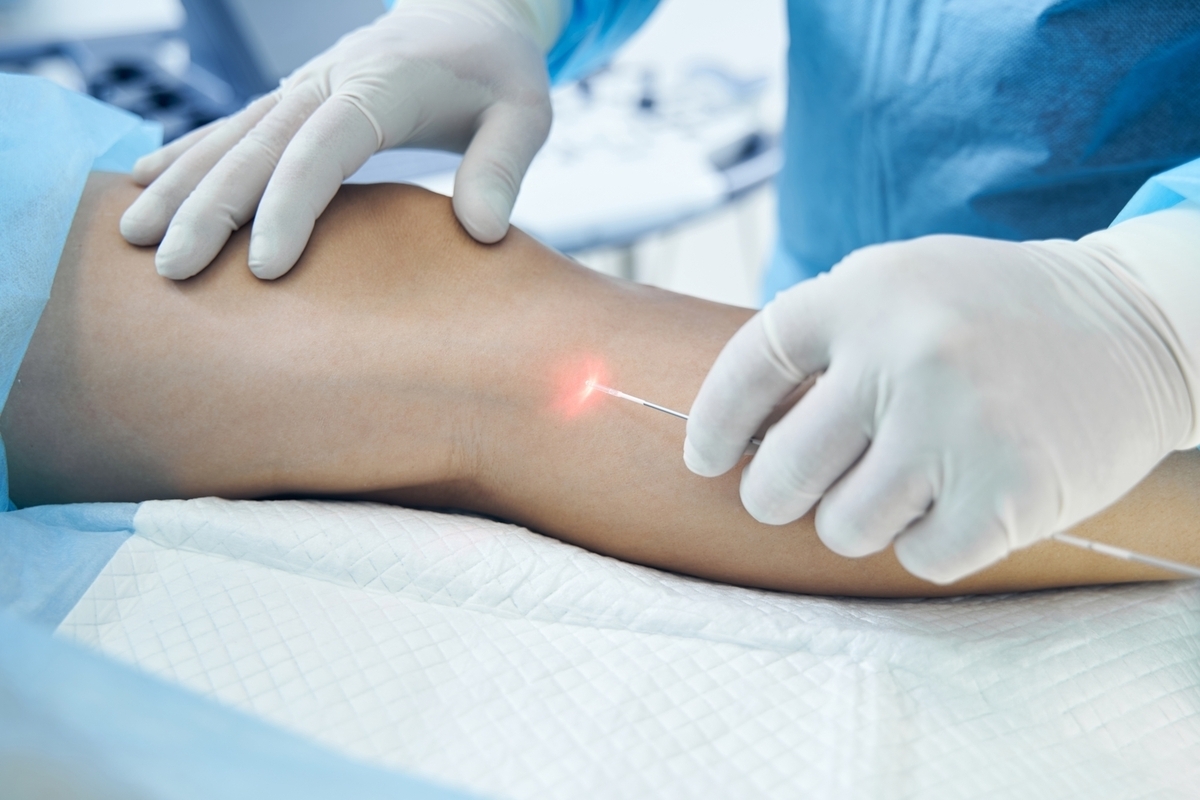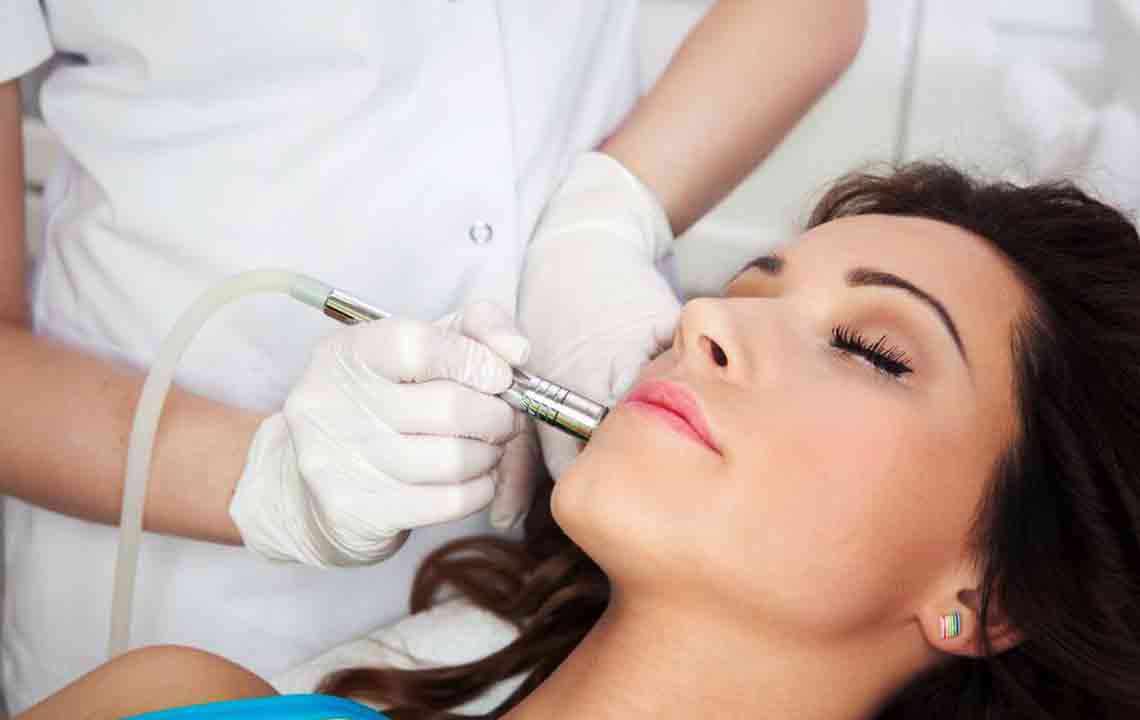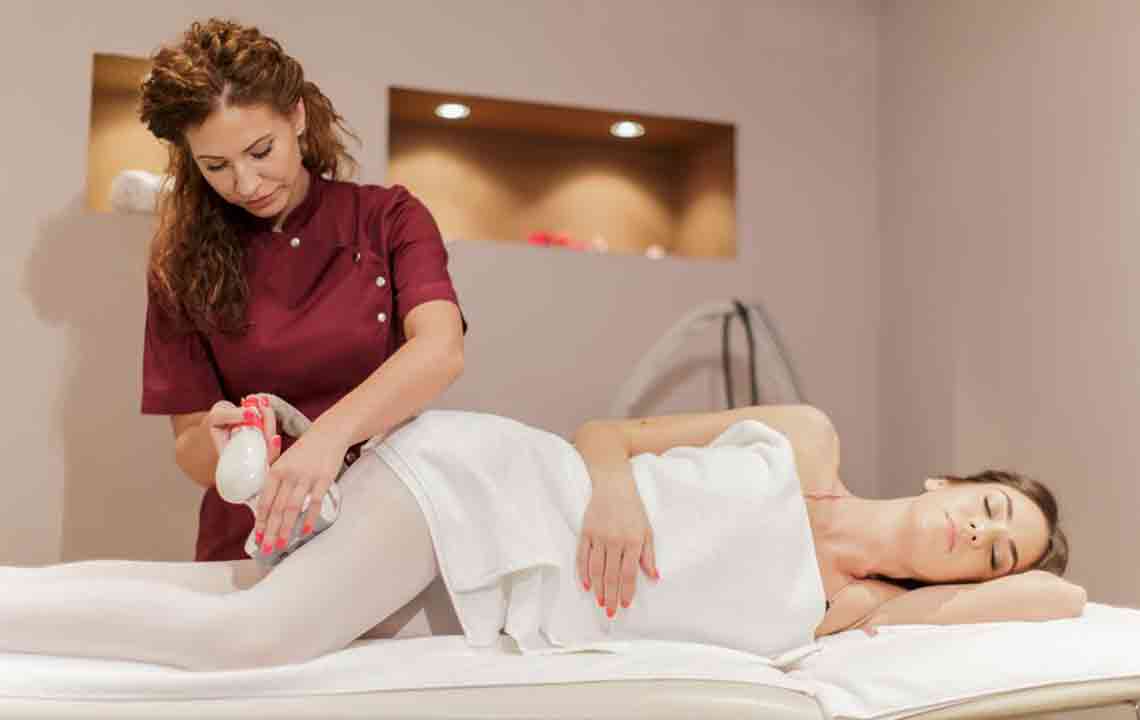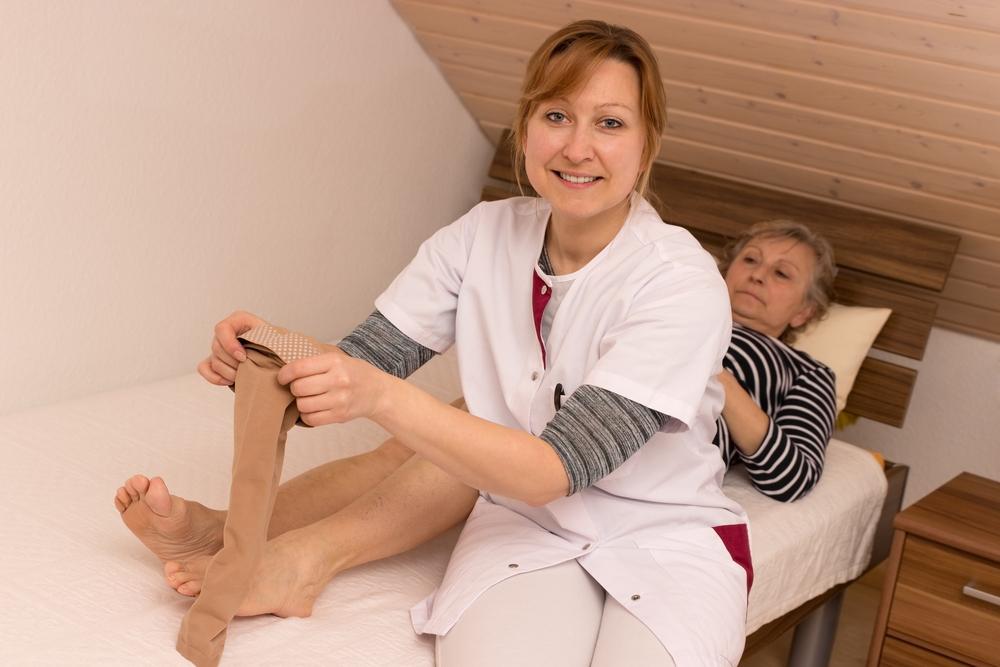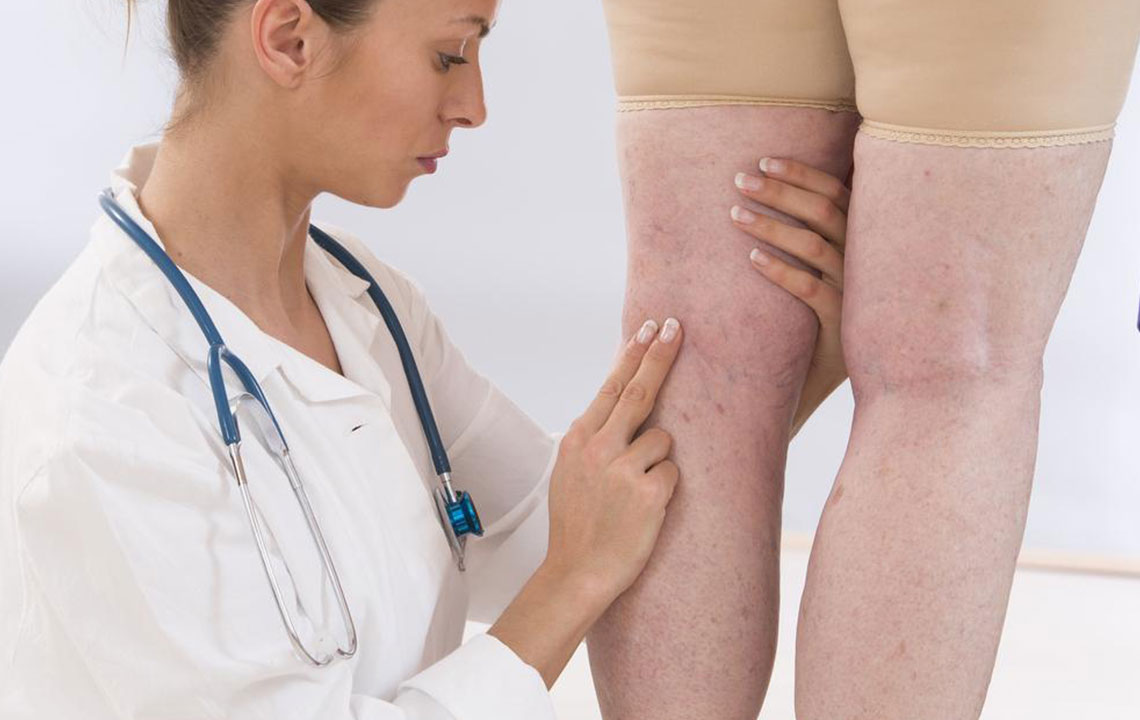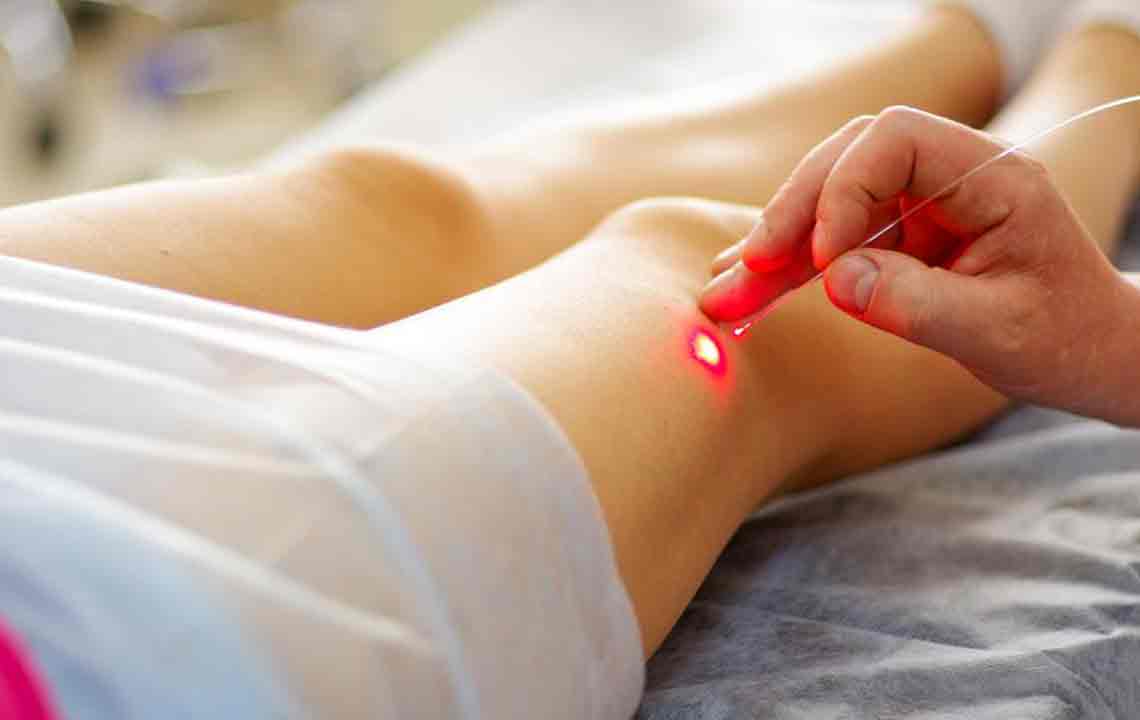Comprehensive Guide to Treating Spider Veins for Skin Rejuvenation
Discover effective treatments for spider veins to achieve smoother, healthier skin. From minimally invasive options like sclerotherapy and laser therapy to preventive tips, this guide covers everything you need to know. Consulting a healthcare professional is vital for personalized care. Modern techniques offer safe and efficient ways to reduce visible veins and enhance skin appearance, making it easier to regain confidence and comfort.
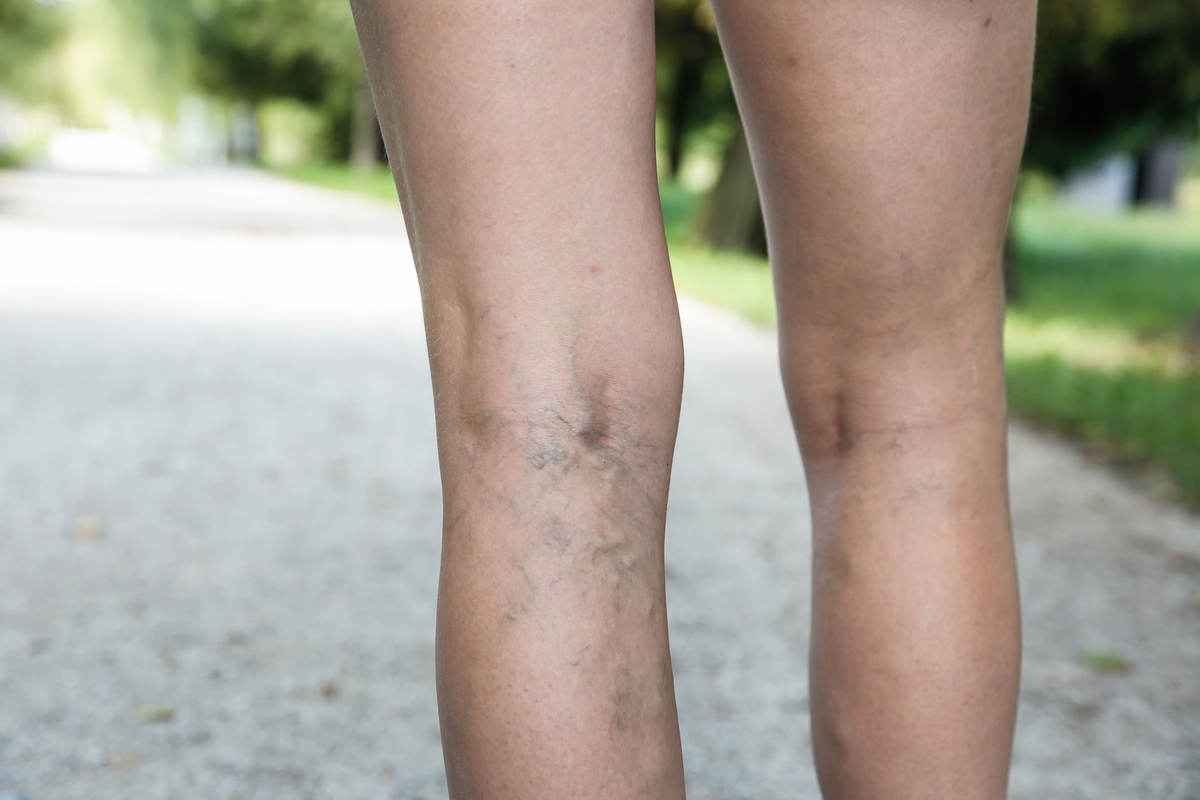
Comprehensive Guide to Treating Spider Veins for Skin Rejuvenation
Spider veins, or telangiectasias, are tiny, enlarged blood vessels visible on the skin's surface. They often appear as red, purple, or blue lines resembling a web, primarily on legs and face. While harmless, they can cause aesthetic concerns and discomfort. This article explores various treatment options to help restore clear, smooth skin.
Causes of Spider Veins
Factors contributing to spider veins include genetics, aging, hormonal fluctuations such as pregnancy or menopause, prolonged standing or sitting, obesity, and sun exposure. Understanding these can help in prevention and management.
Diagnosis involves a physical exam, with Doppler ultrasound used to assess blood flow and exclude other venous issues like varicose veins.
Strategies for Spider Vein Removal
1. Sclerotherapy
This standard treatment injects a solution into affected veins, causing them to close and fade over time. It’s minimally invasive with minimal downtime, though multiple sessions may be necessary. Side effects include swelling or bruising.
2. Laser Therapy
Focused light heats and destroys spider veins, suitable for facial and small veins. It’s non-invasive but may require several treatments. Possible side effects include skin discoloration.
3. Endovenous Laser Therapy (EVLT)
This technique involves inserting a laser fiber into larger veins to close them, offering effective results with quick recovery. Slight discomfort and bruising can occur.
4. Radiofrequency Ablation (RFA)
Using radio waves, this method heats and seals off veins. It’s minimally invasive with a high success rate, though side effects include bruising and skin numbness.
5. Compression Stockings
Worn to improve circulation and reduce symptoms, these stockings are non-invasive but do not eliminate existing veins. They also may be uncomfortable for long-term wear.
Prevention Tips
To minimize risk, engage in regular exercise, maintain a healthy weight, elevate your legs, wear compression stockings if needed, and avoid long periods of sitting or standing.
Treating spider veins is possible through various methods tailored to individual needs. Consulting with a healthcare professional ensures the most effective solution. Modern treatments make achieving smoother, clearer skin attainable for many.
Note:
This information is intended for educational purposes only. Always consult a licensed healthcare provider for diagnosis and treatment options. Do not rely solely on online content for medical advice.

